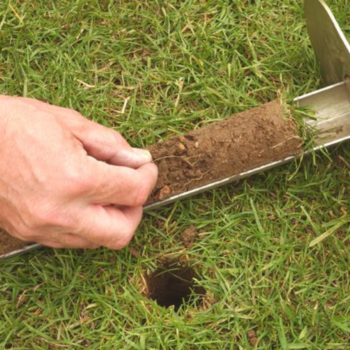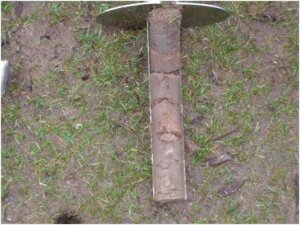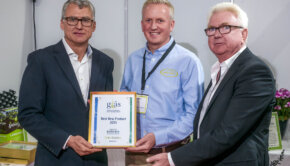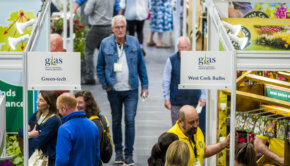GLAS Special: Why football pitch aeration is essential for player safety

From Donal Kearney, MSc Horticulture and Safety consultant
18 July 2024

Pictured: Donal Kearney
Natural Sportsgrass playing pitches continue to be the preferred choice of playing surface by the sporting governing bodies especially in the GAA for competitive competitions. An absence of annual maintenance results in poor pitch standards and this work, often not prioritised, is vital during the growing season to develop a consistent standard of playing pitch.
There are a multitude of agronomic reasons for aerating pitches but a critical omission at local level is understanding local soil conditions and choosing the most effective aeration option to alleviate from soil densification.
Similar to mowing and nutrition, aeration and the type of aeration chosen is critical to reduce surface tension against soil densification, as no one type of aeration is a ‘silver bullet’ option, especially for football pitches that endure continuous all year round fixtures and training sessions.

Root break on poorly maintained sand based pitch lacking aeration
Aerating at local level needs to focus on how to reduce excessive soil densification. For example, hollow coring has scientifically been proven by (Garlon, 2009) to best achieve this as one of the most effective options. Unfortunately, this is an aeration option too often never considered as part of the aeration maintenance programme.
Factors which differ from site to site influencing soil densification include soil depth, texture, structure, moisture content, particle-size distribution and plant nutrition. So, we shouldn’t always assume the same results when comparing against other pitches along with inherent factors of cost cutting constructions standards that occurred and has resulted in difficult maintenance standards.

Pitch hollow coring after topdressing
Typically the cause of many problems in the first place is a lack and absence of maintenance, or not enough based on usage. Unfortunately the need for maintenance is only considered when the problem is visible to the untrained eye or referred to as a ‘lagging indicator’. Reacting to pitch problems comes too late and increases risk of player safety. Maintenance plans should be about pre-empting and delivering on leading indicators to avoid needless expensive pitch renovations.
Measuring pitch hardness
Playing pitch performance quality standards surface testing has been developed since the 1980’s for professional sporting bodies. Surface testing tools such as the clegg hammer, measures hardness to assess soil densification or compaction.
Research has shown that compacted playing surfaces naturally have a greater resistance to deformation with a lower cushioning effect for the player safety (Dixon et al., 2008; Low and Dixon, 2014). Even though a pitch may have full grass coverage it may be too hard sometimes to play on safely.
Leading and lagging indicators
The quality of man-made pitches are determined by the maintenance practices applied, as pitches cannot perform in the absence of maintenance since it affects players ability to play at their best, their speed of running during the match and the overall performance on the team. A maintenance plan delivers better controls of safety risk to players as it solves leading indicators rather than reacting to visible lagging indicators.
The Irish Institute of Sports Surface provides a full suite of surface testing for natural grass pitches. Playing pitches, surface hardness and traction measurements is one of many tests to measure the quality of a football pitch surface from the users or players perspective.
Please visit: www.irishsportsurf.ie/consultancy



 Print
Print







Fans 0
Followers